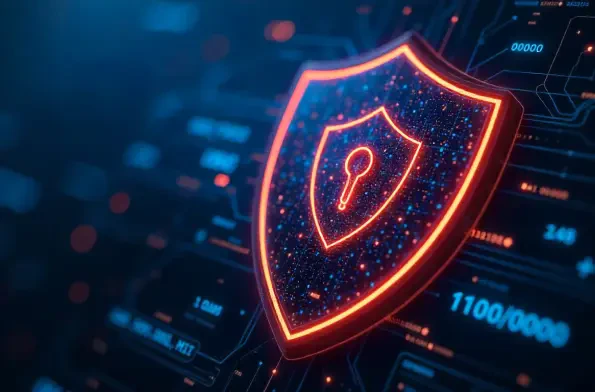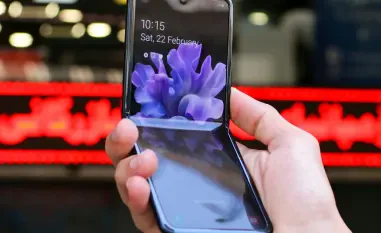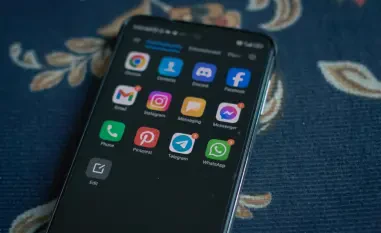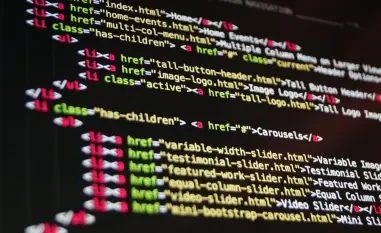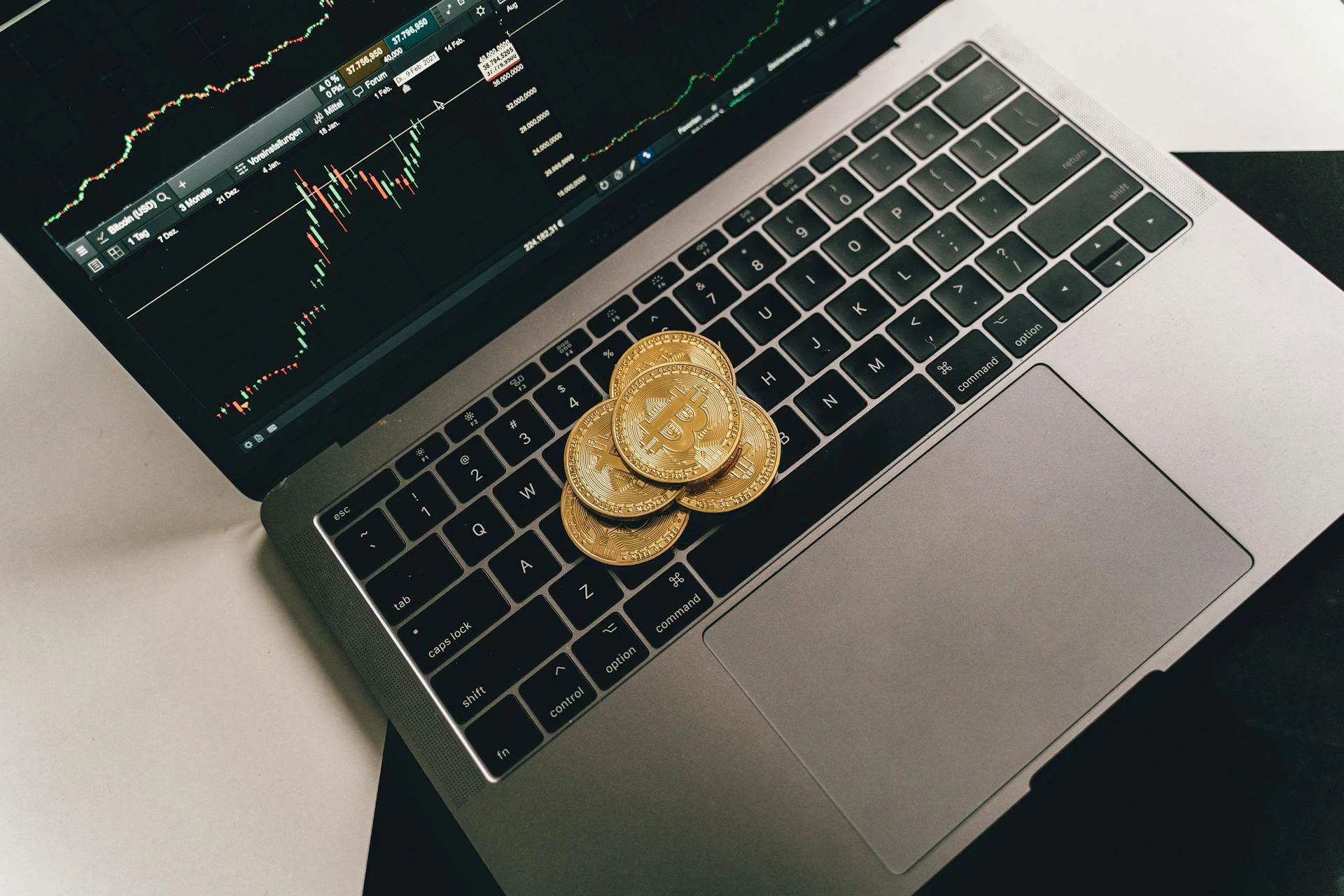Unveiling a Silent Crisis in Global Security
Imagine a scenario where the world’s most influential leaders gather in one place to shape the future of international policy, only to have their private communications silently intercepted by unseen adversaries. This is not a plot from a spy thriller but a real and escalating threat at events like the United Nations General Assembly (UNGA) in New York. The recent seizure of sophisticated cell tower hacking equipment, known as IMSI catchers or “stingrays,” ahead of such a high-profile gathering has spotlighted a critical vulnerability in global cybersecurity markets. This analysis aims to dissect the market dynamics surrounding cell tower hacking threats at international events, exploring current trends, data-driven insights, and future projections. By understanding the scope of this danger, stakeholders can better navigate the intersection of technology, espionage, and security in an increasingly connected world.
Dissecting the Market: Trends and Threats in Cell Tower Hacking
The Surge of IMSI Catchers: A Growing Black Market
The market for cell tower hacking technology has seen a troubling expansion in recent years, driven by the increasing accessibility of IMSI catchers. Originally developed for law enforcement to track suspects, these devices mimic legitimate cell towers, tricking nearby phones into connecting and enabling attackers to intercept calls, texts, and data. What was once a niche tool restricted to well-funded entities has now proliferated into a black market commodity, with portable and affordable versions available to a wider range of malicious actors. Industry reports suggest that the illicit trade of such equipment has grown significantly since 2025, fueled by demand from organized crime and potentially state-sponsored groups targeting high-stakes events like the UNGA. This trend underscores a pressing challenge for cybersecurity markets: balancing the benefits of mobile connectivity with the risks of exploitation.
High-Value Targets Fueling Demand for Espionage Tools
International gatherings, particularly UN events, have emerged as prime targets for espionage, creating a lucrative niche within the cybersecurity threat landscape. The concentration of global leaders, diplomats, and decision-makers in a single location offers unparalleled opportunities for intelligence gathering, driving demand for hacking tools capable of breaching secure communications. The seizure of hacking gear in New York ahead of a major UN assembly highlights how these events act as catalysts for market activity among threat actors. Unlike other sectors where cyber threats may be diffuse, the focused nature of these gatherings amplifies the potential payoff for successful breaches, whether through leaked state secrets or disrupted diplomatic negotiations. This dynamic positions UN events as a critical testing ground for both offensive and defensive cybersecurity technologies.
Regional Disparities in Cybersecurity Readiness
A significant factor shaping the market for cell tower hacking countermeasures is the uneven distribution of cybersecurity infrastructure across regions hosting UN events. In hubs like New York, advanced security protocols and robust technological capabilities offer a stronger defense against threats, as evidenced by proactive seizures of illicit gear. However, in less-resourced areas where UN meetings may occur, limited budgets and technical expertise create vulnerabilities that attackers can exploit with relative ease. Market analysis indicates that this disparity drives a bifurcated demand for cybersecurity solutions—high-end, tailored systems for well-protected regions and cost-effective, scalable options for others. Bridging this gap remains a challenge for vendors and policymakers alike, as standardized global protocols struggle to account for varying cultural and economic contexts.
Forecasting the Future: Projections for Cybersecurity at International Events
Technological Innovations as a Double-Edged Sword
Looking ahead, the cybersecurity market tied to cell tower hacking is poised for transformation through rapid technological advancements. The rollout of 5G networks, with enhanced encryption and authentication protocols, promises to complicate interception efforts by malicious actors. However, industry forecasts warn that these same innovations may introduce new vulnerabilities, as attackers adapt to exploit untested systems. Projections for 2025 to 2027 suggest a surge in investment toward real-time signal monitoring and AI-driven threat detection tools, particularly for high-profile events. Vendors are likely to see increased demand for hybrid solutions that integrate physical and digital defenses, reflecting a market shift toward comprehensive, adaptive security frameworks.
Regulatory Pressures and Market Constraints
Another critical driver shaping the future market is the growing push for regulatory controls on hacking technologies like IMSI catchers. International bodies and national governments are advocating for stricter oversight on the sale and use of such equipment, aiming to curb their proliferation among rogue entities. While this trend could dampen the black market over time, enforcement inconsistencies across borders pose a persistent hurdle. Market analysts anticipate that regulatory developments will spur growth in compliance-focused cybersecurity services, as event organizers and governments seek to align with emerging standards. This evolving landscape suggests a complex interplay between policy and technology, with significant implications for market players over the coming years.
Rising Hybrid Threats and Market Adaptation
A notable projection for the cybersecurity sector involves the rise of hybrid threats, where physical hacking tools combine with digital malware to maximize disruption at events like the UNGA. This convergence is expected to challenge traditional market offerings, pushing vendors to innovate beyond standalone solutions. Data points to an increasing allocation of budgets toward integrated defense systems capable of addressing multifaceted attacks, particularly as state-sponsored espionage continues to target global summits. The market is likely to see a competitive race among providers to develop cutting-edge countermeasures, with success hinging on the ability to anticipate and neutralize evolving threat vectors in real time.
Reflecting on Insights: Strategic Takeaways for Stakeholders
Looking back, the analysis of cell tower hacking threats at UN events reveals a cybersecurity market grappling with rapid technological shifts and escalating risks. The proliferation of IMSI catchers, the unique vulnerabilities of international gatherings, and the disparities in regional preparedness paint a complex picture of challenges and opportunities. For stakeholders, the path forward demands strategic investments in advanced detection systems to identify rogue cell towers swiftly and in encrypted communication platforms to safeguard sensitive data. Event organizers and governments are encouraged to prioritize personnel training and international collaboration to enhance threat response capabilities. By focusing on scalable, innovative solutions and fostering global partnerships, the market can move toward a more secure future, ensuring that critical platforms for dialogue remain protected against unseen digital dangers.
